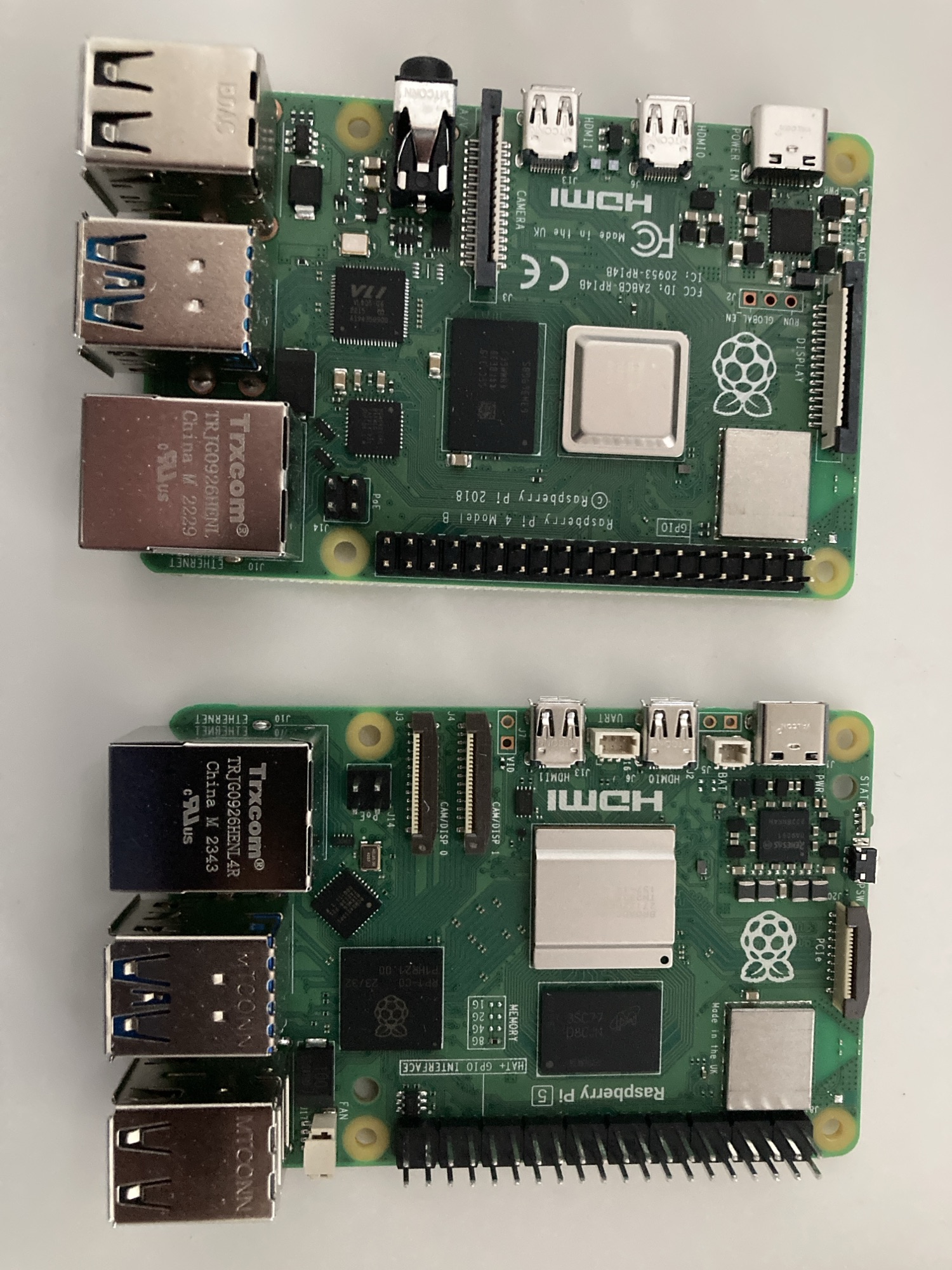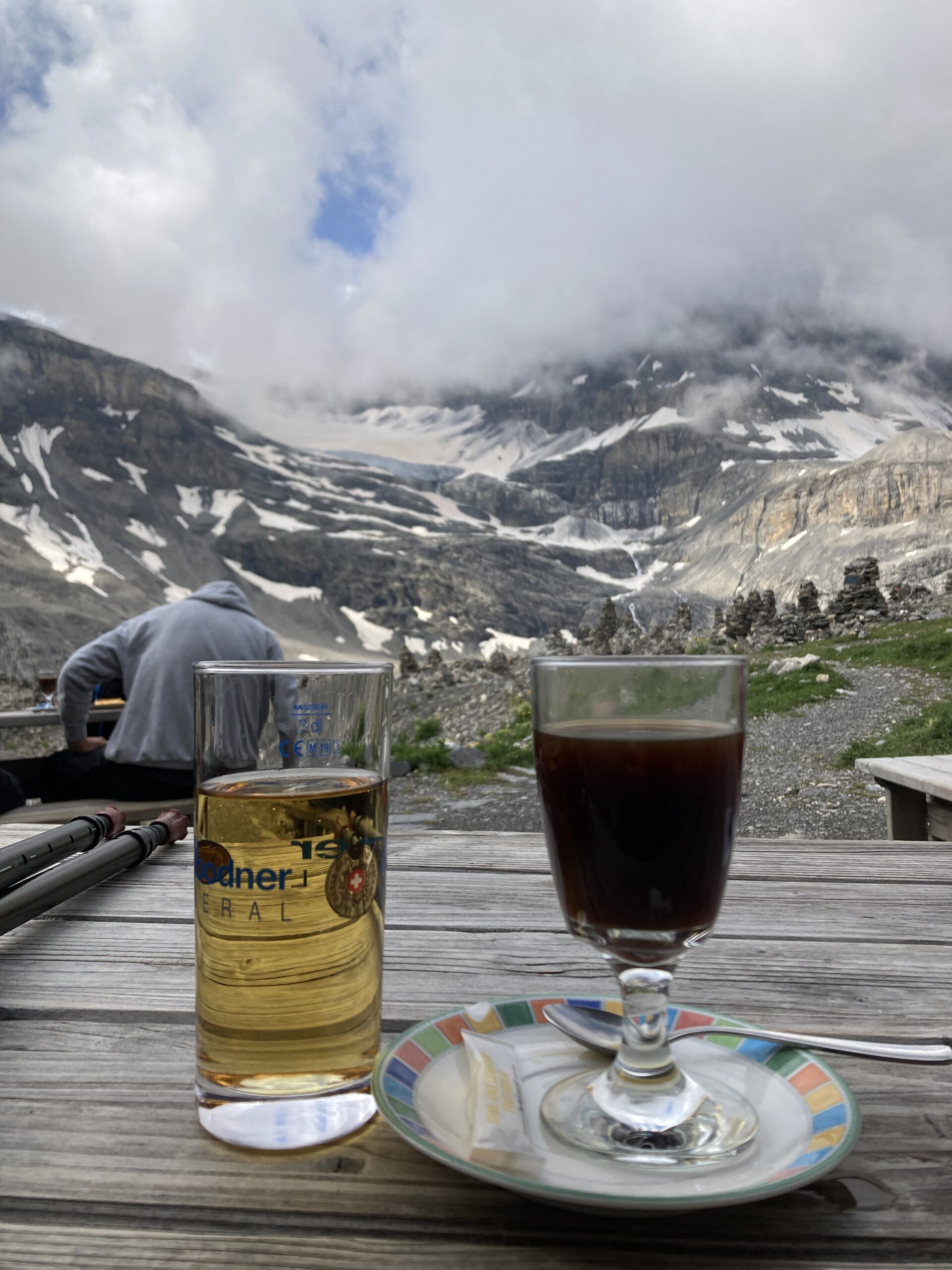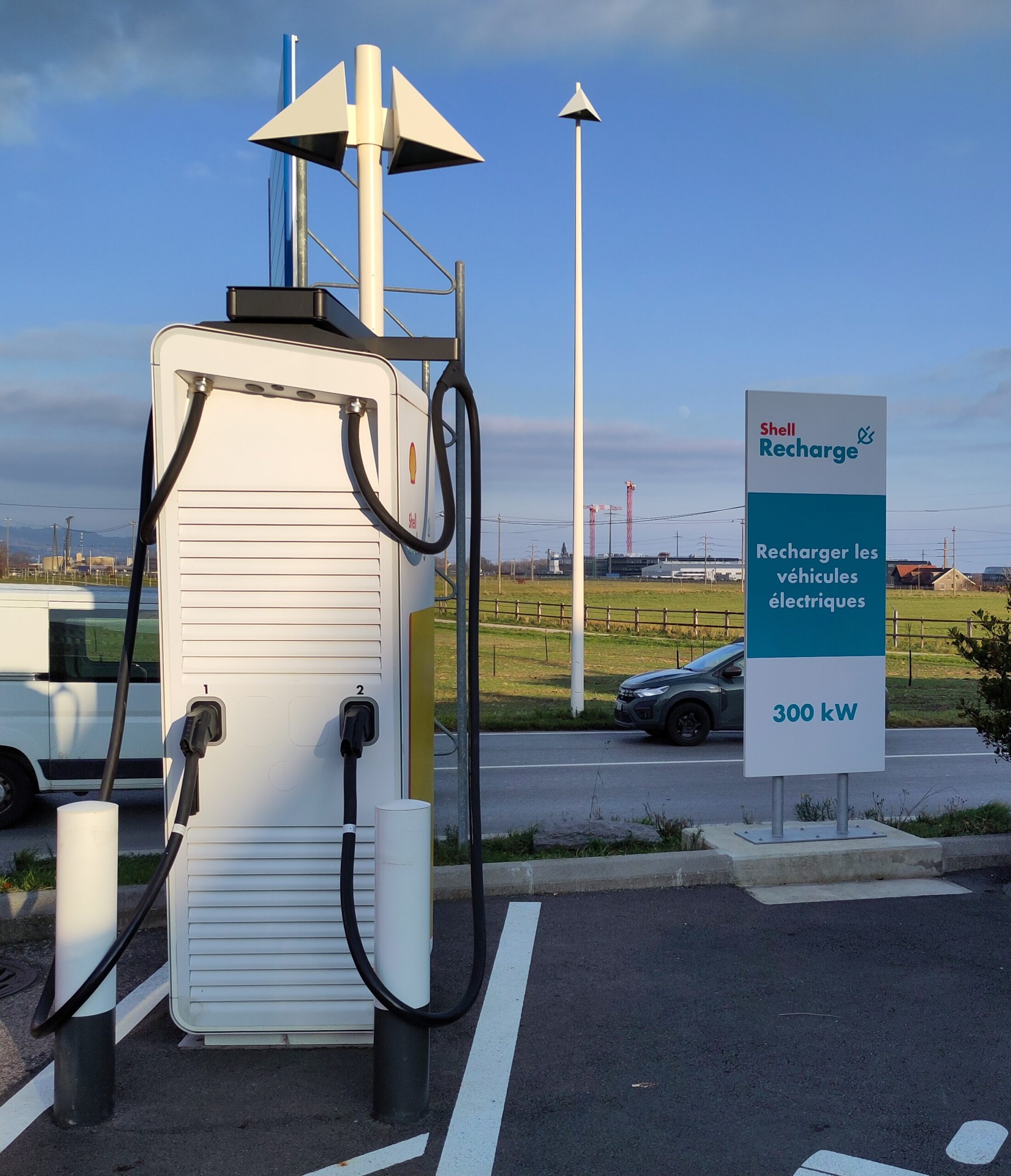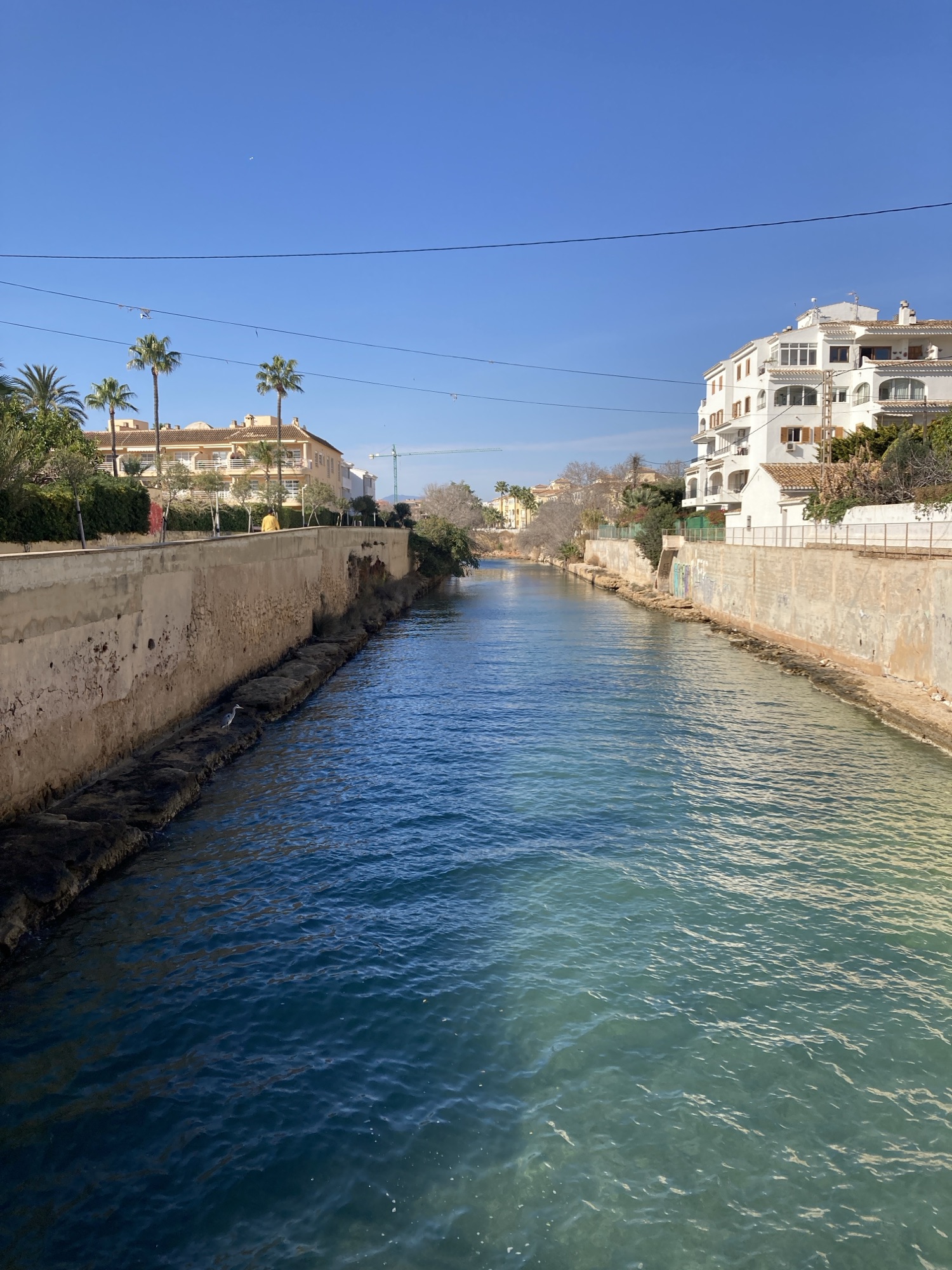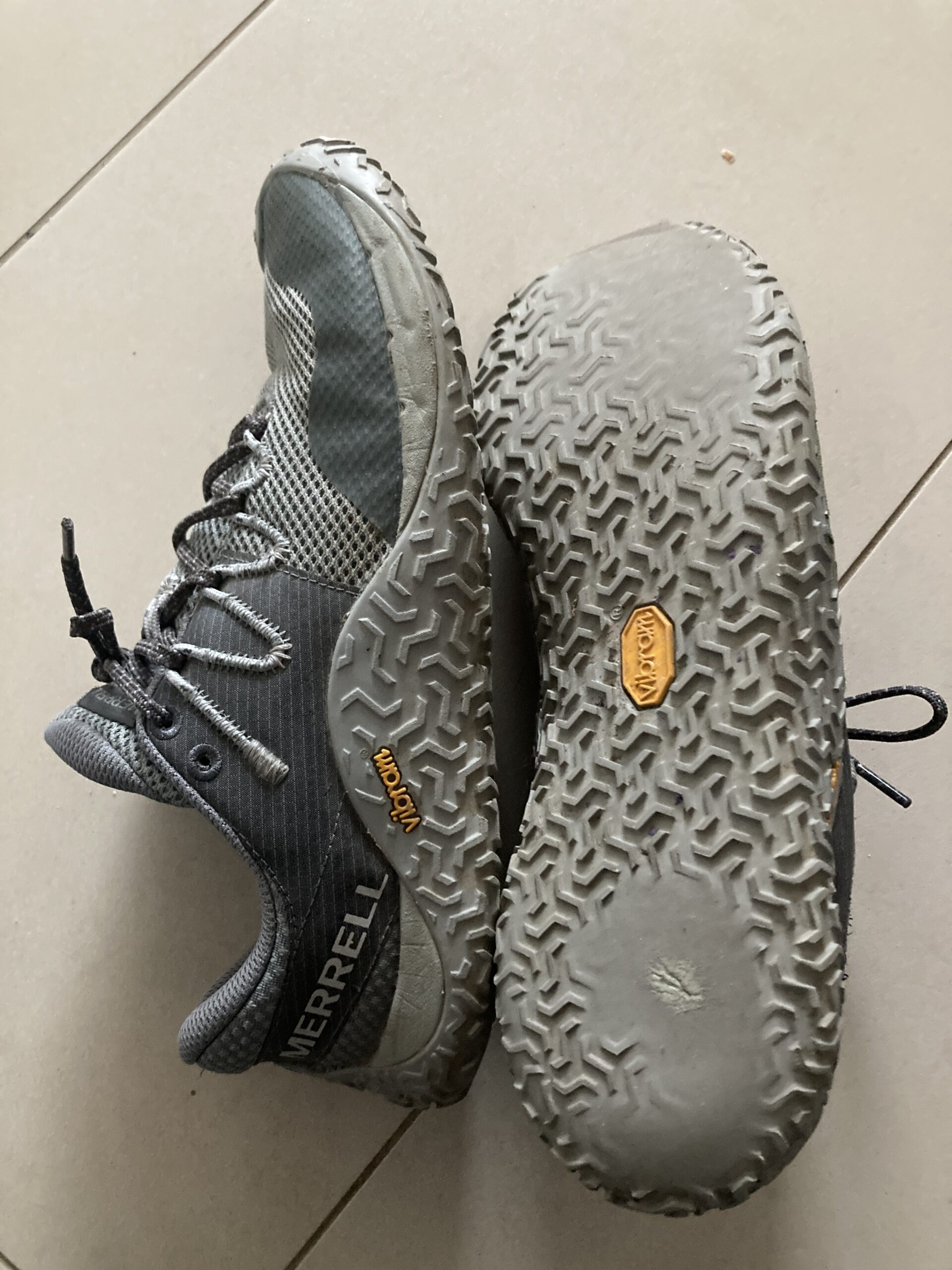Category: youtube
-
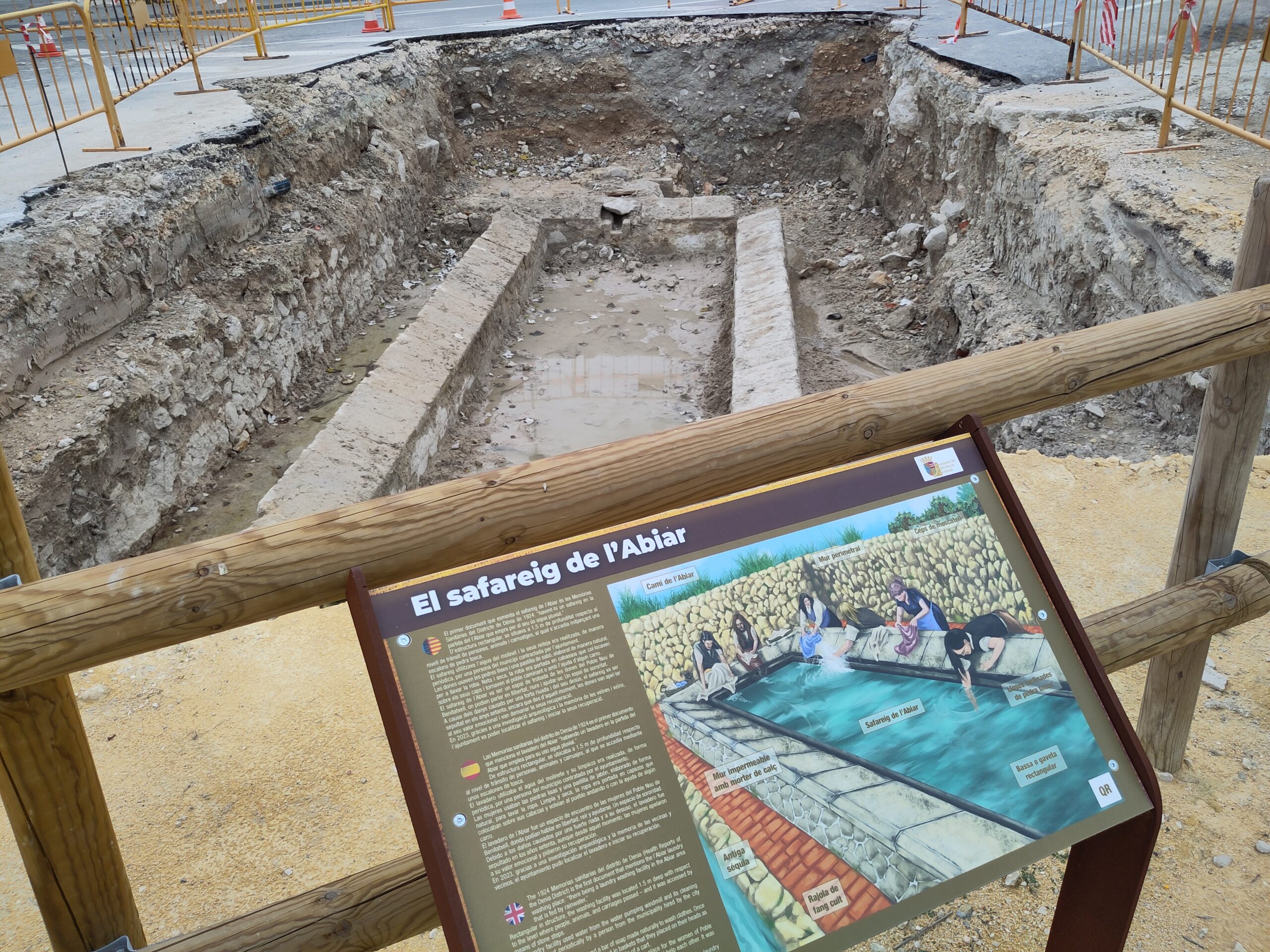
The Hidden Wash Basin
Reading Time: < 1 minuteWhen roads are built they often require a lot of soil to flatten the land so that the road may be built. In the process objects are hidden. In one case old clothes washing basins were hidden beneath a road. It’s funny to see a road, a hole, and within the…
-
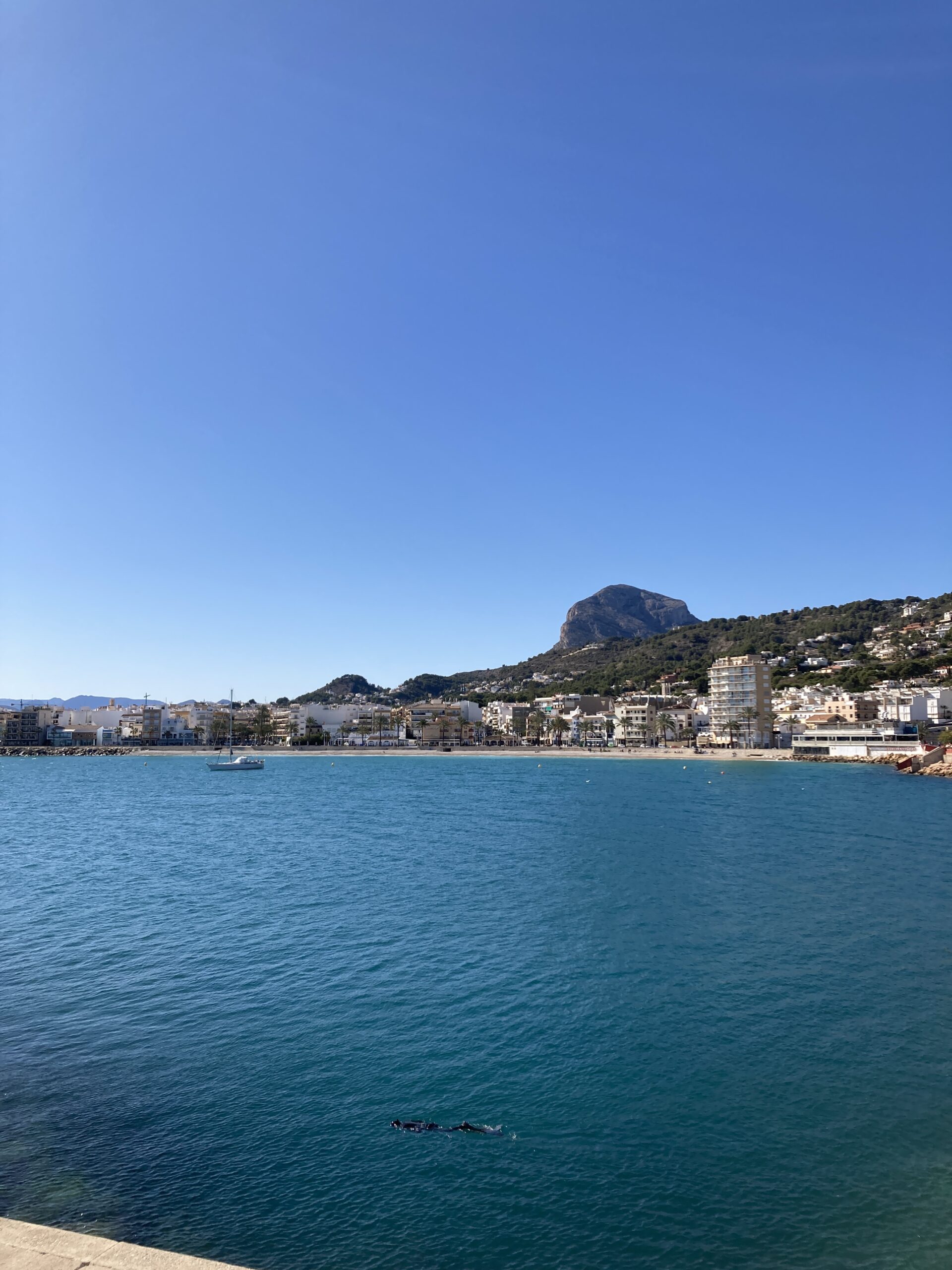
Random
Reading Time: < 1 minuteWriting a blog post every day is a challenge that I have tried to be consistent with for several seasons if not a year and a half or more. It requires inspiration, and doing interesting things. If life becomes routine, or if events became normal, then writing inspiration fades away. After…
